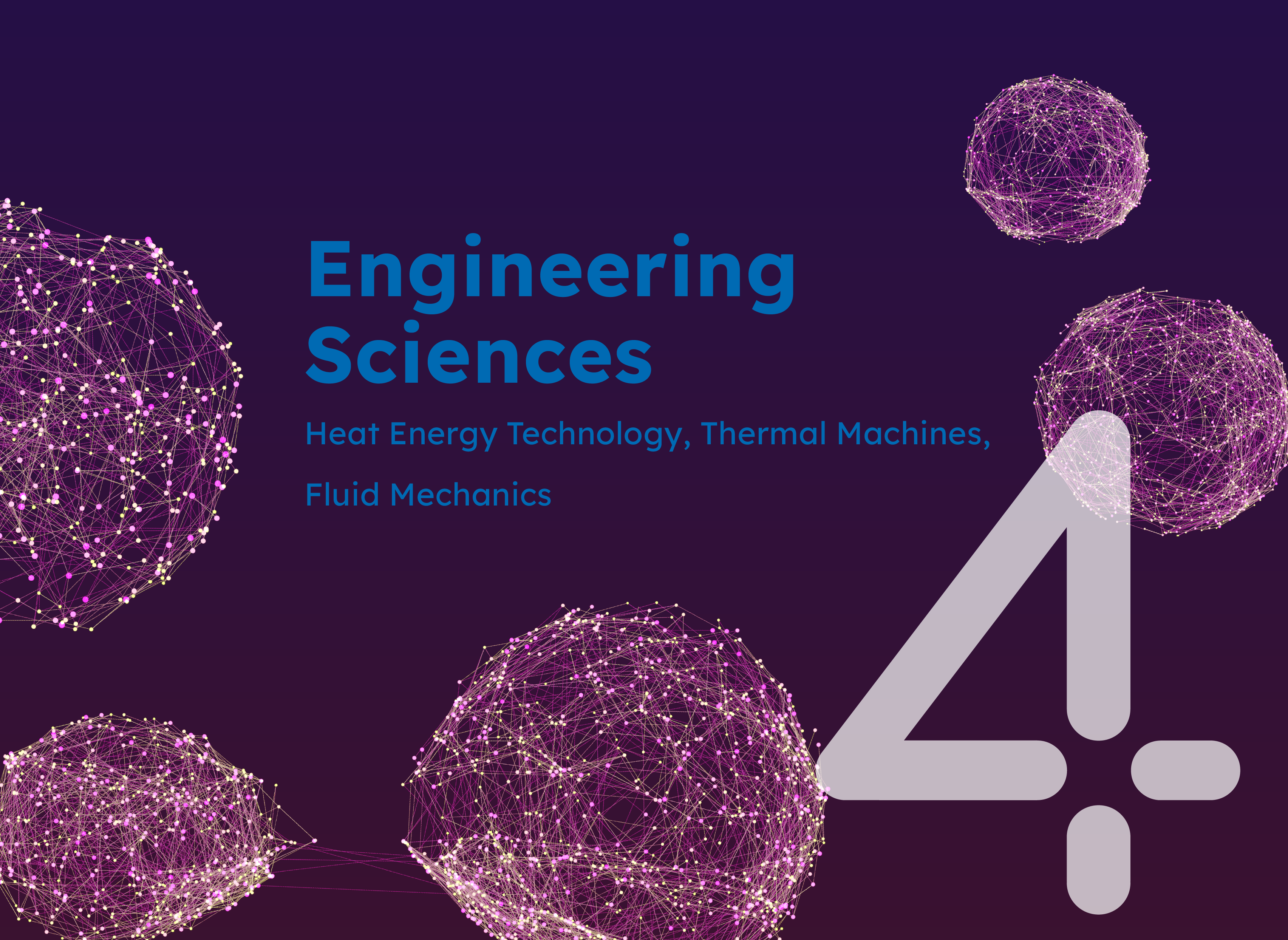Project
Development of efficient numerical methods to quantitatively predict erosion rates – QUAVER
The pressure driven processes of vaporization and condensation of a fluid under constant temperature are called cavitation. Cavitation occurs as low static pressures and high flow velocities lead to low absolute pressures below the saturation pressure of the fluid. So called cavitation nuclei, non-condensable gas bubbles and solid particles, are the starting point for the growth of vapour filled cavitation bubbles which can accumulate in forms of cloud, sheet or vortex cavitation. As soon as the cavitation bubbles are exposed to higher surrounding pressures, they rapidly collapse and radiate pressure waves of high amplitudes. Bubble collapses that take place in the vicinity of a solid surface can cause surface damage which is known as erosion.
Project Details
Project term
January 1, 2021–December 31, 2021
Affiliations
University Duisburg-Essen
Institute
Institut für Schiffstechnik, Meerestechnik und Transportsysteme
Researchers
Methods
Manoeuvering processes of ships at different speeds and in different sea states lead to differences of the propeller’s inflow. Furthermore, the inflow of a conventional ship propeller is always inhomogeneous because of the influence of the ship’s aft. Aside from efficiency losses and vibrations of the ship’s structure, collapsing cavitation volumes may lead to erosion damage on the ship’s propeller and rudder. Erosion is characterized by an initial plastic deformation of the material surface within an incubation period. If high loads from cavitation collapses occur repeatedly within the same area of a surface the material may break and lead to severe material loss. Proceeding erosion damages can cause failure of the propeller or rudder, making it impossible for the ship to manoeuver.
Results
While experimental measurements are commonly used to predict cavitation erosion for ship propellers, they involve significant scale effects related to the cavitating flow and can only qualitatively assess erosion damage. Numerical approaches to predict cavitation erosion offer the potential to complement these measurements and to derive models quantitatively predict erosion. The aim of this compute project was the development of numerical methods to quantitatively predict cavitation-induced erosion for ship appendages in terms of incubation time and erosion-rates. The developed approach, the Fast Solution Tool (FaST) enabled to efficiently predict cavitation erosion based on numerical flow simulations using a pressure-based solution algorithm. The algorithm was extended to consider compressibility effects of the liquid phase. The newly developed erosion model uses information from the flow simulation to predict incubation times, mass loss rates, and erosion depths for given time intervals. Results of the flow simulation were validated against measurements from literature as well as own measurements in a cavitation tunnel. The erosion prediction was validated based on literature results and full-scale observations of erosion on a container ship propeller. Simulations of the full ship geometry with propeller and rudder were, therefore, performed for different operating conditions of the ship to assess the potential risk of erosion for the propeller. The erosion prediction for the propeller agreed well with observations of the damage on the full-scale propeller for a similar operating condition.
Additional Project Information
Publications
Peters, R. Skoda, F. Schreiner, T. Nguyen, L. Kleinsorge, B. O. El Moctar, Y. Yang, H. Baumfalk, J. Klüss, M. Palm (2021): „Kav4D – Numerische Vorhersage des zeitlichen Verlaufs kavitationsbedingter Erosionsschäden an Schiffspropulsions- und –manövrierorganen“, Statustagung Maritime Technologien, Tagungsband der Statustagung 2021, Schriftenreihe Projektträger Jülich, ISBN 978-3-95806-594-9.
